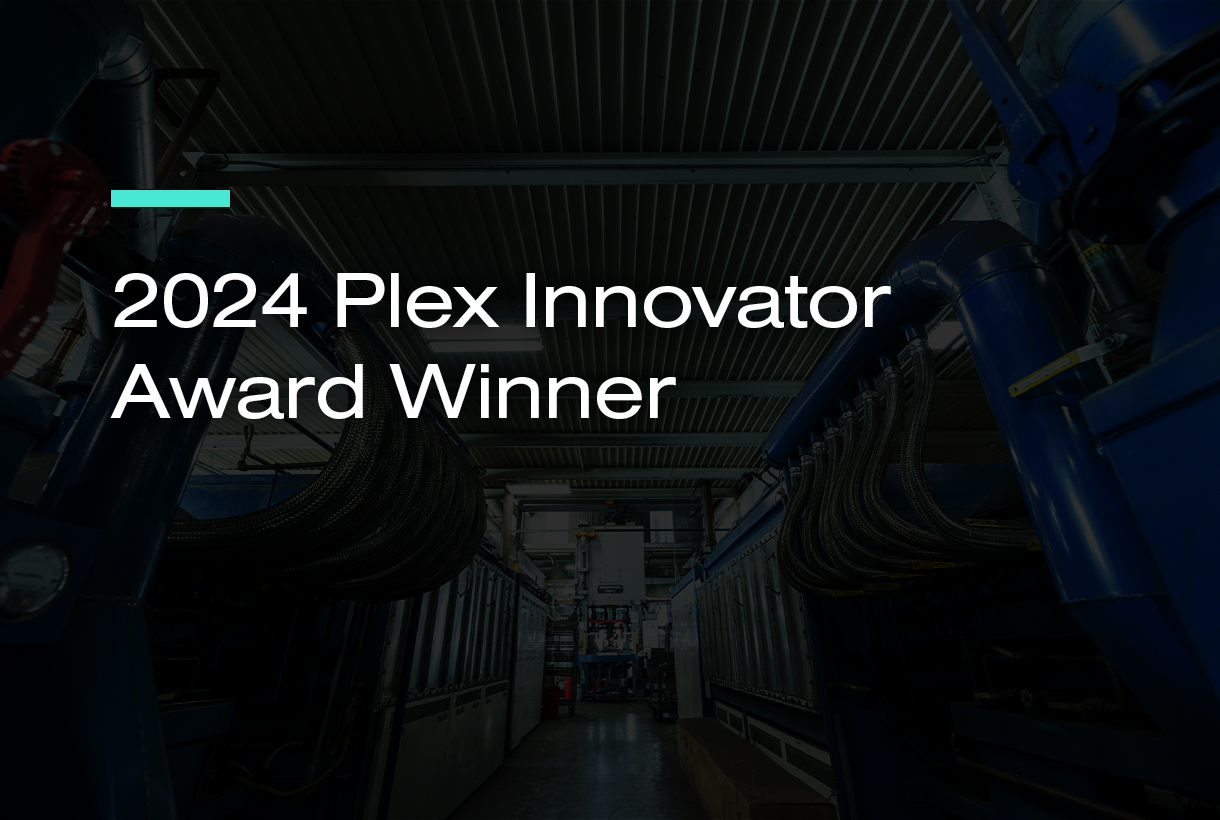

Now Available!
Get your copy of the 7th Annual State of Smart Manufacturing and hear from 300+ manufacturers in this new survey report!
Subscribe to Our Blog
For a monthly digest of expert insights, data points, and tips like the ones in this article.

For more than 100 years the torque wrench has been an essential and valuable tool for manufacturers because it applies specific torque to a fastener, such as a nut or bolt. Torque can be the difference in the performance of the end product, whether that’s the power output of a diesel engine or the fit-and-finish of the latest iPhone.
I recently attended Constellation’s Connected Enterprise innovation summit, a gathering of enterprise technology practitioners who came together to discuss how digital disruption can transform organizations. Amidst the fascinating keynotes from visionaries and futurists, I had the opportunity to participate in a panel discussion about the Internet of Things.
My challenge was to paint a picture of modern manufacturing for a room full of people who have most likely never seen a factory environment first-hand. How best to illustrate how the convergence of cloud technologies and connected tools have unleashed disruption on the factory floor? Enter the IP torque wrench. IP as in Internet Protocol.
Because in today’s most advanced factories, that torque wrench is every bit as connected to the web as your smart phone. And by connecting that torque wrench to the cloud, its capabilities grow exponentially. A couple of examples:
- The cloud is a two-way street: The common perception of connected devices is that the connected device sends information to the cloud. But in fact, data flows both ways and creates real value in both directions. For a torque wrench in the assembly of a complex part, the sensors on a part flow up to the cloud; the cloud identifies the specifications for the part, and instructs the wrench to automatically apply the correct level of torque. Mistakes – especially operator error – can be essentially eliminated, even on a dynamic production line.
- Automate product genealogy: The cloud captures data that tracks all the elements that affect quality: materials, machines, tools and people. For the torque wrench, the cloud automatically captures the torque applied to a specific part, the specific wrench that was used, when that wrench was last calibrated and the employee who used it. If a company later learns that the wrench was faulty in some way, the cloud can identity every part affected. A recall can be both fast and keenly focused on just the relevant products.
Many people still think of manufacturing as either an industry resistant to change and wary of technology, or a completely faceless operation run by robots. Neither could be further from the truth. Instead, the modern manufacturing facility is a vibrant and collaborative place, where people engage with both proven and emerging technologies at a rapid pace, leading the charge for the Internet of Things – the Internet of MAKING Things.
The IP torque wrench is just one example of how we improve operations as we increase the connections between people, tools and products on the shop floor.


